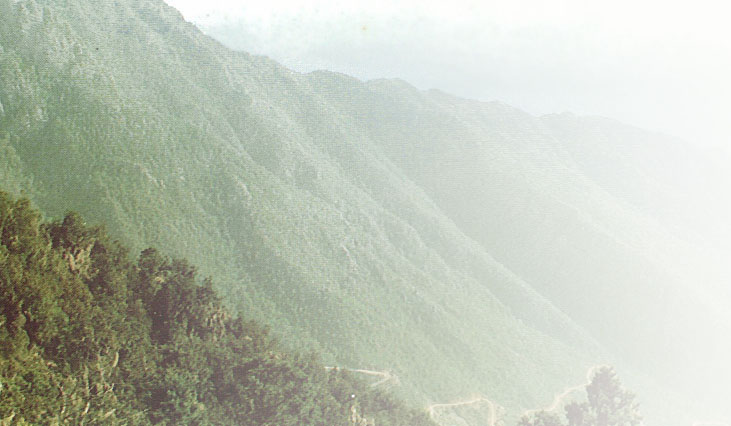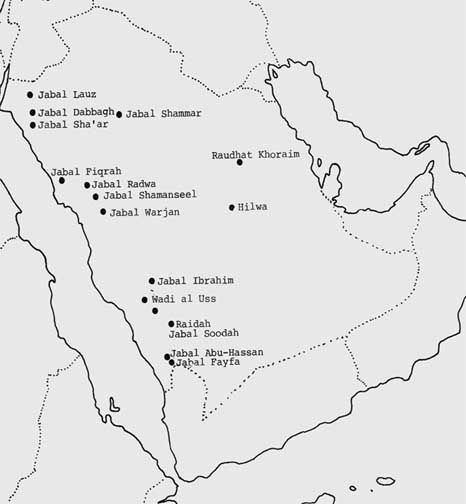
The most important topographic and floristic diversity of Saudi Arabia can be seen in the mountainous North and South Hijaz regions, stretching parallel to the Red Sea coast. Various scientists and explorers have carried out several studies during the past few decades to explore the vegetation of these regions. The mountains of south western region are more or less continuous with peaks reach elevations of over 2000 m in the vicinity of Taif and over 3000 m southwards, towards Abha. The stony mountains in the north-western region, on the other hand, are generally discontinuous with peaks reach between 1500-2800 m. Isolated mountains in north central Saudi Arabia and an arch like Jabal Tuwaiq, extending the entire central region are less elevated, ranging between 1000-1500 m. Unlike the vegetation of northern and southern Hijaz Mountains, the vegetation in other parts of the country including that of sand seas and range lands in the central and northern region is less important in terms species diversity.
